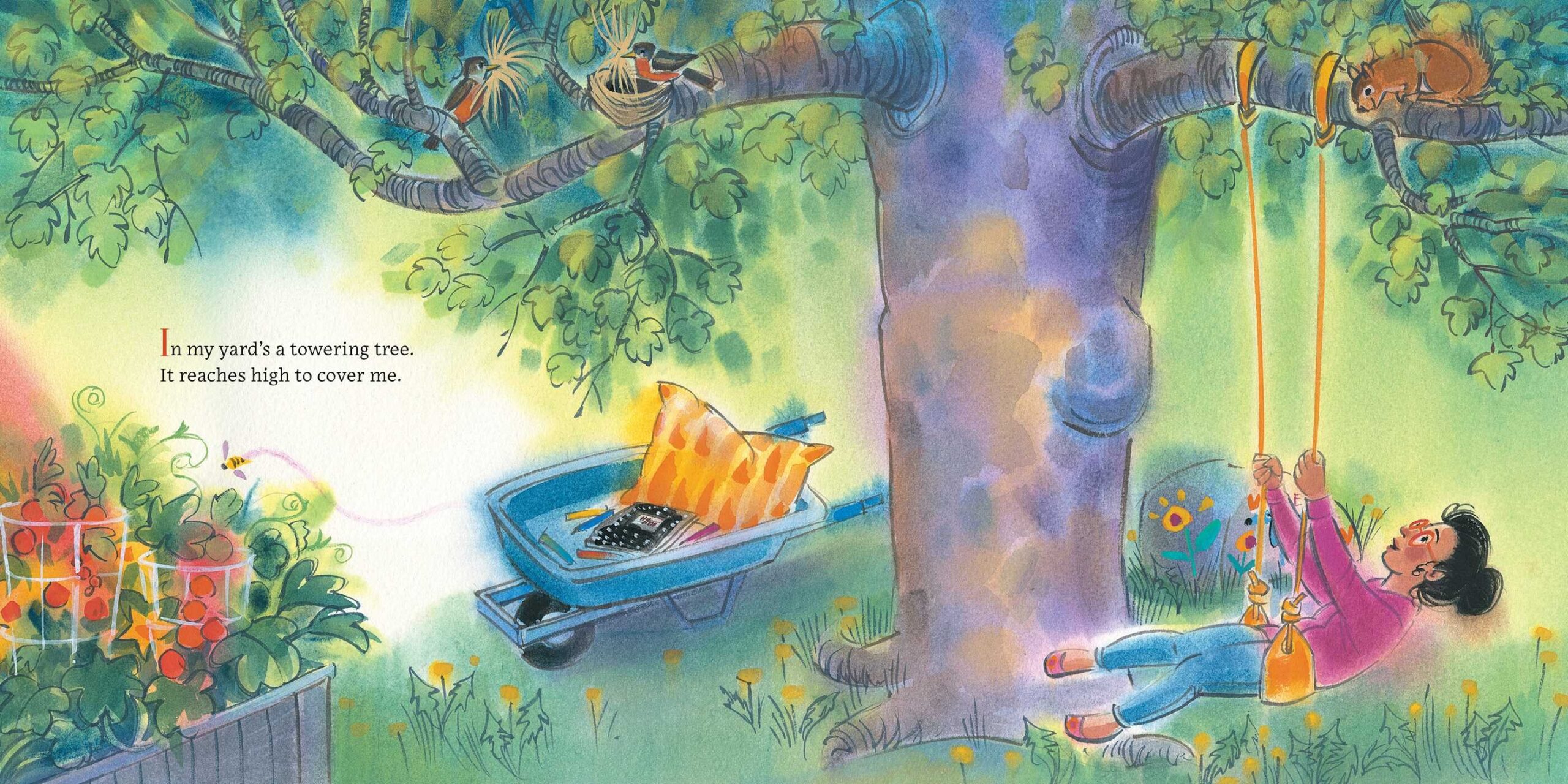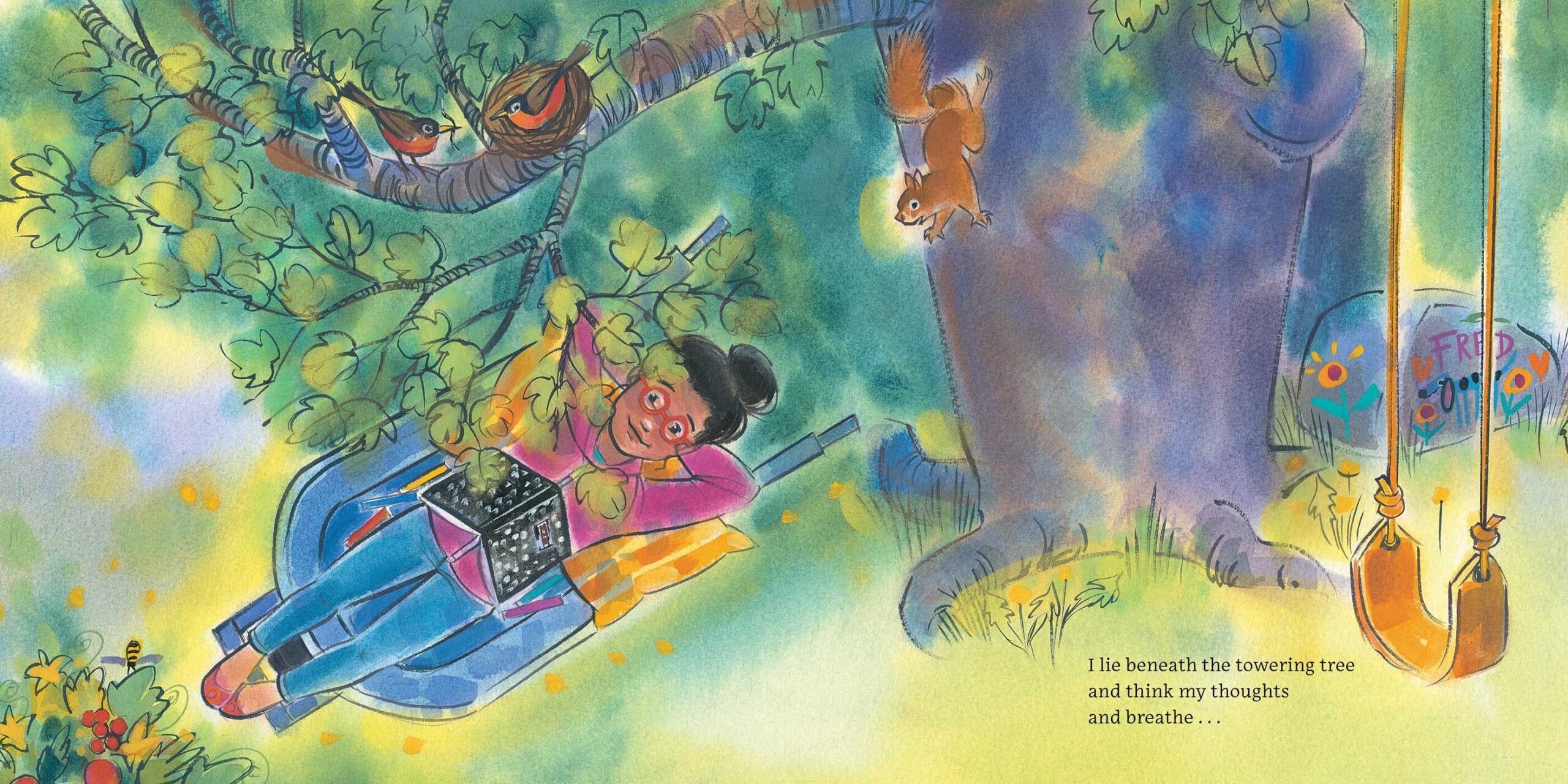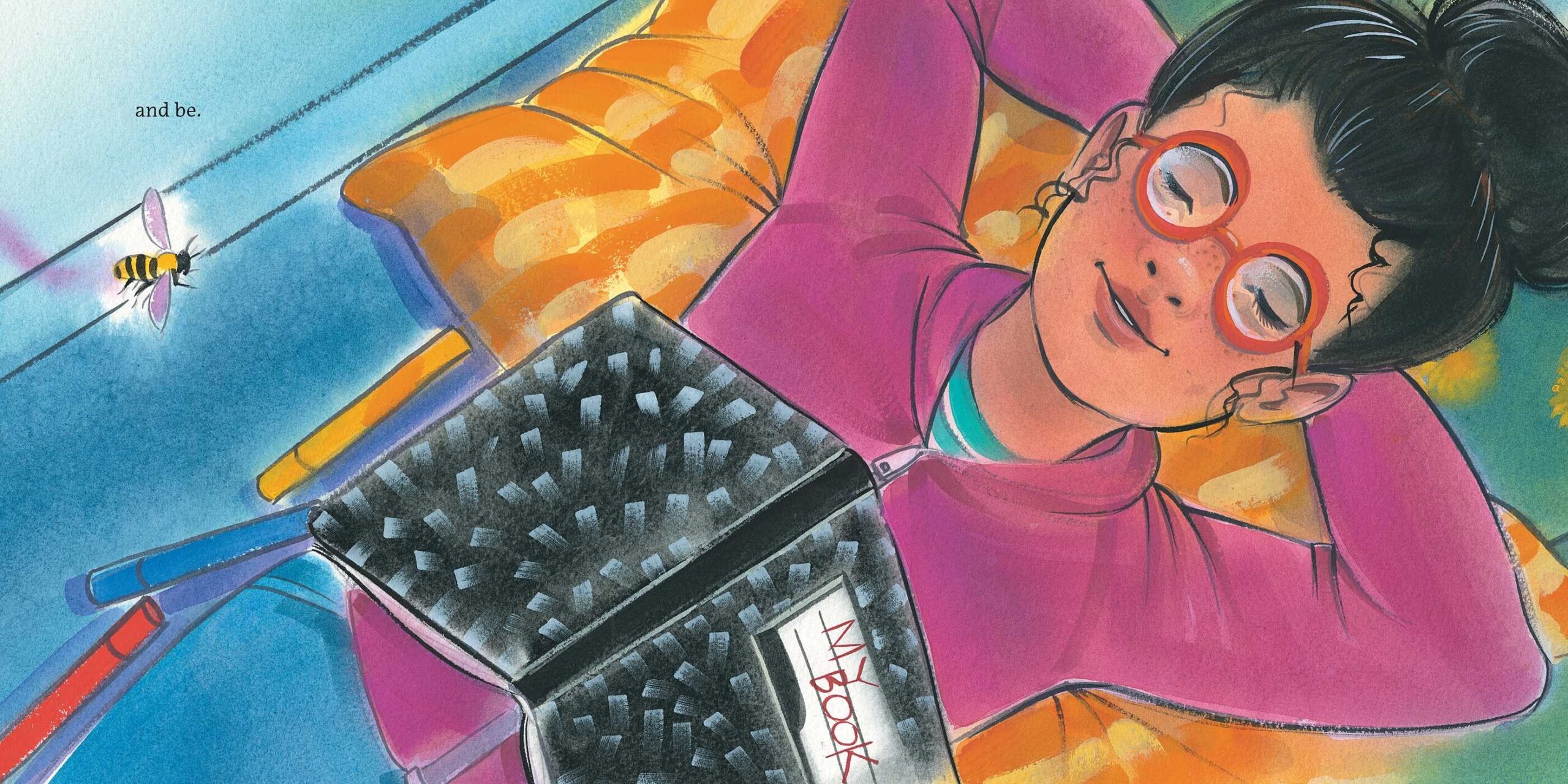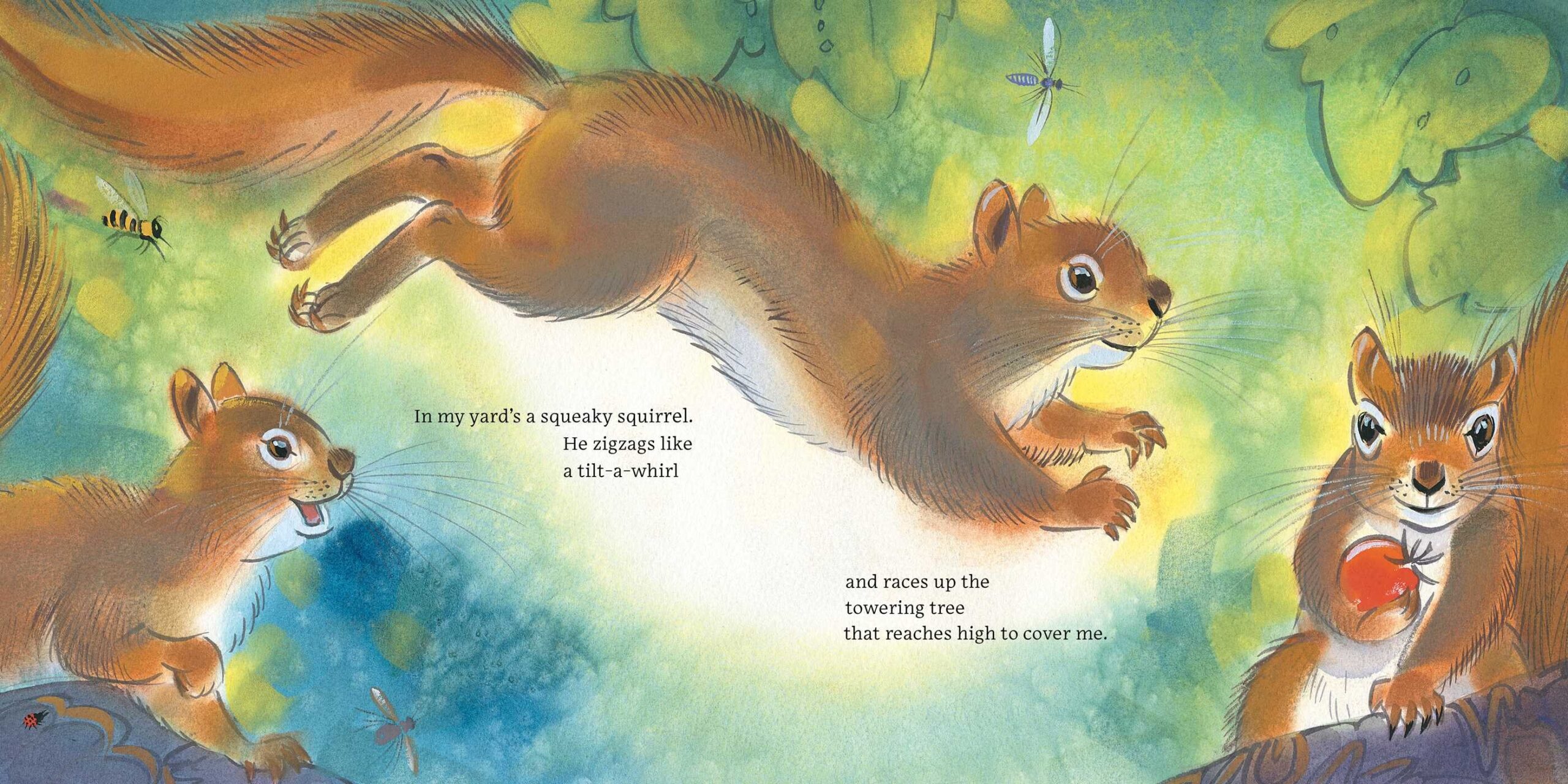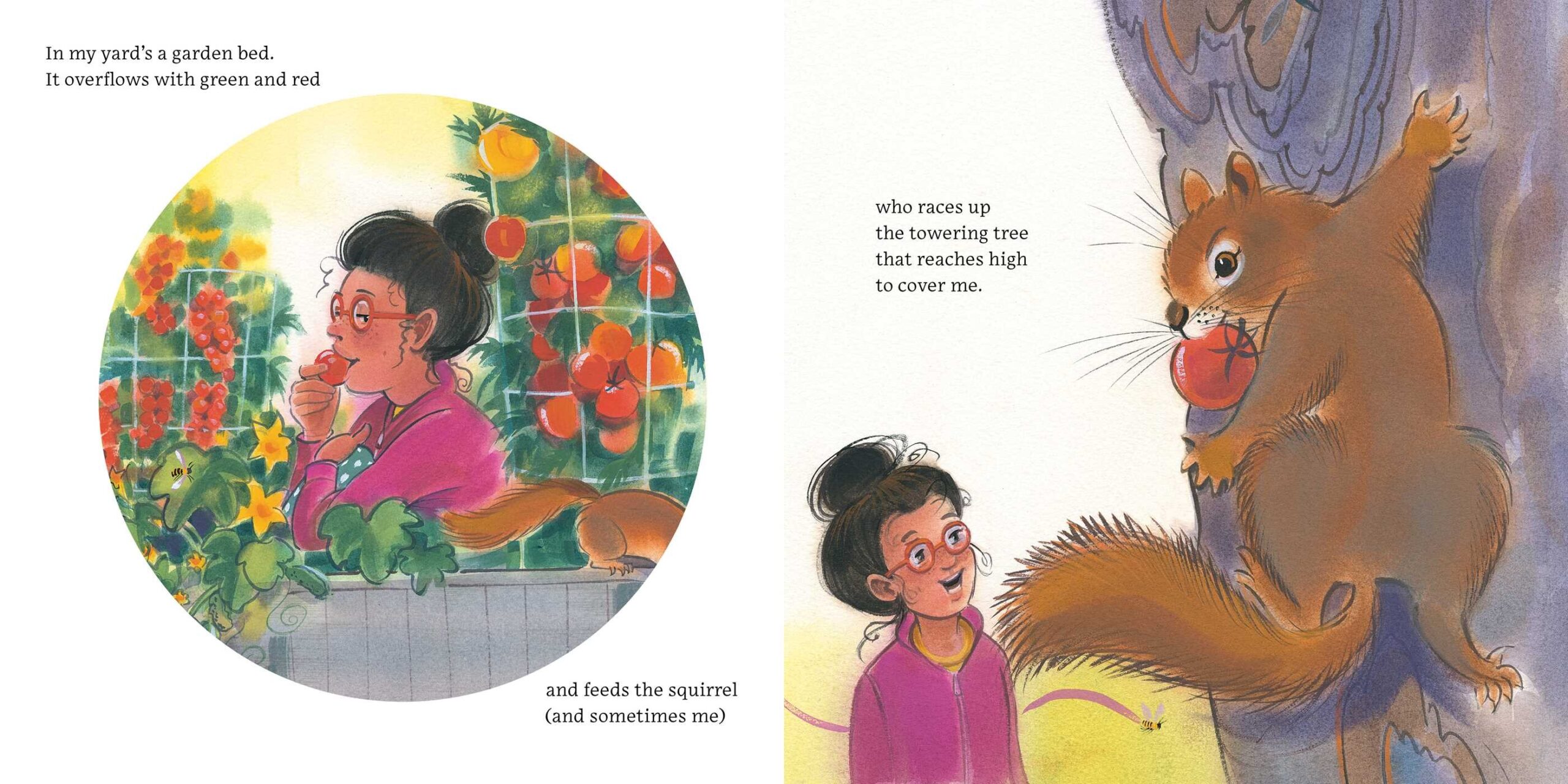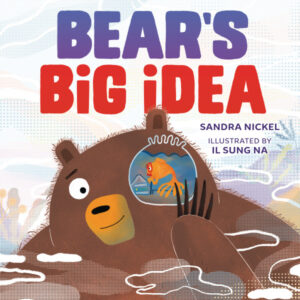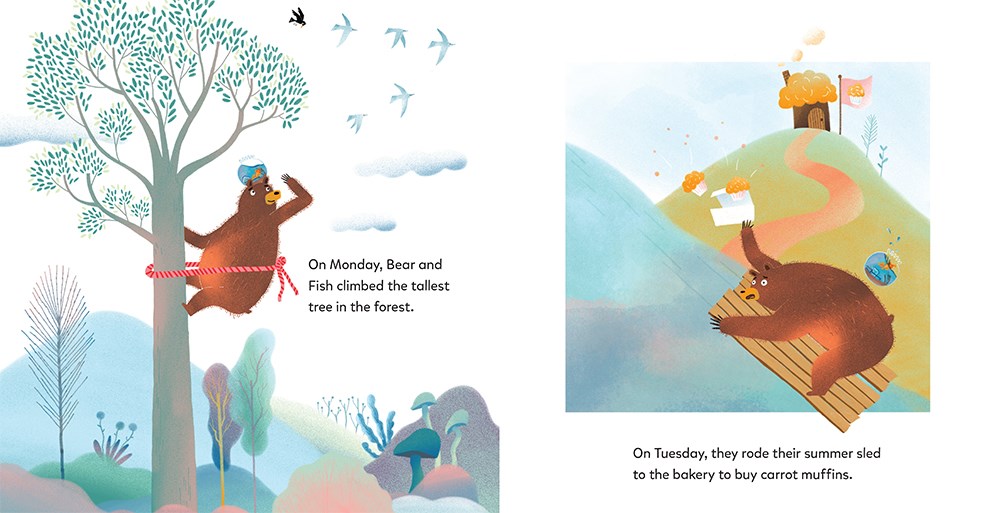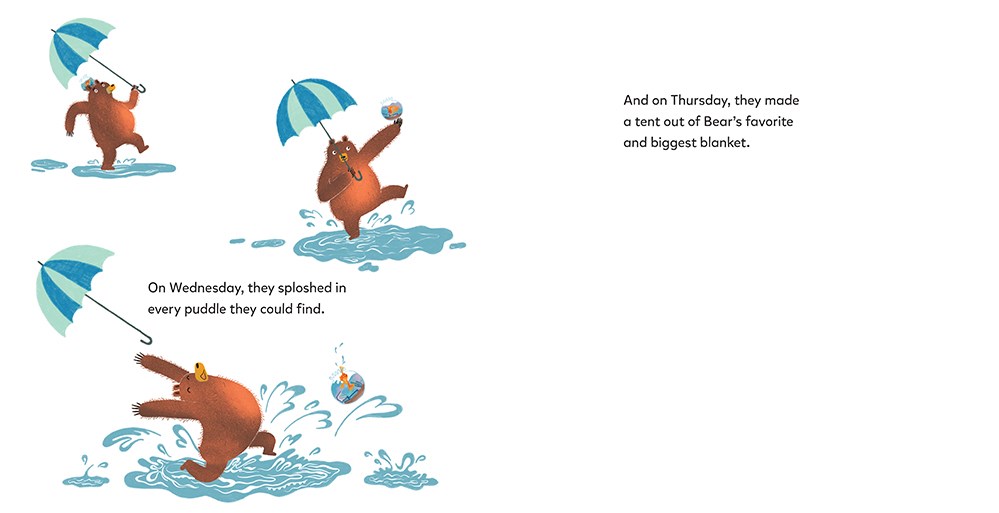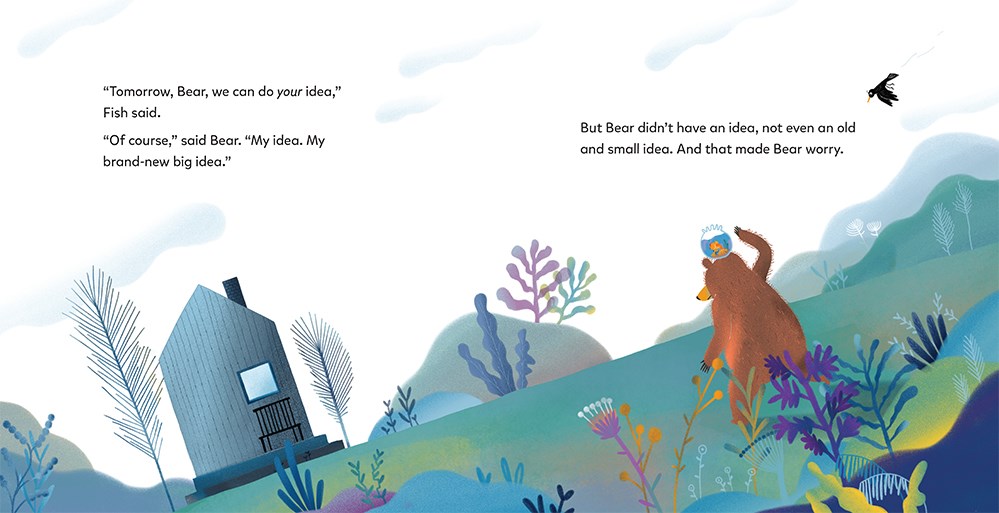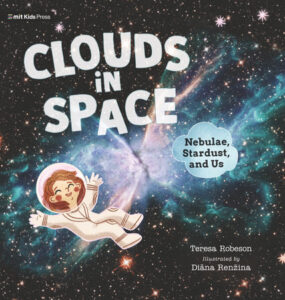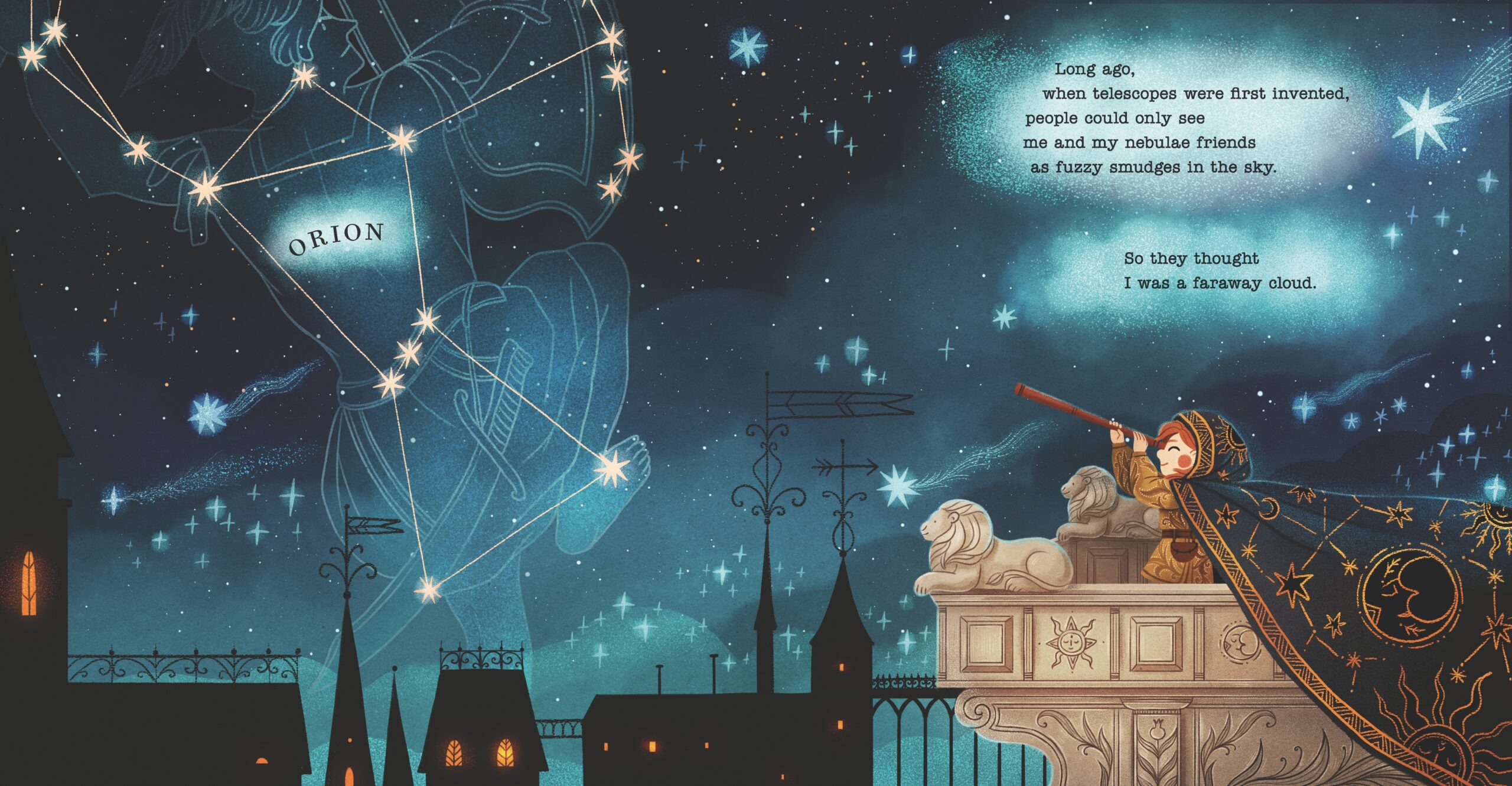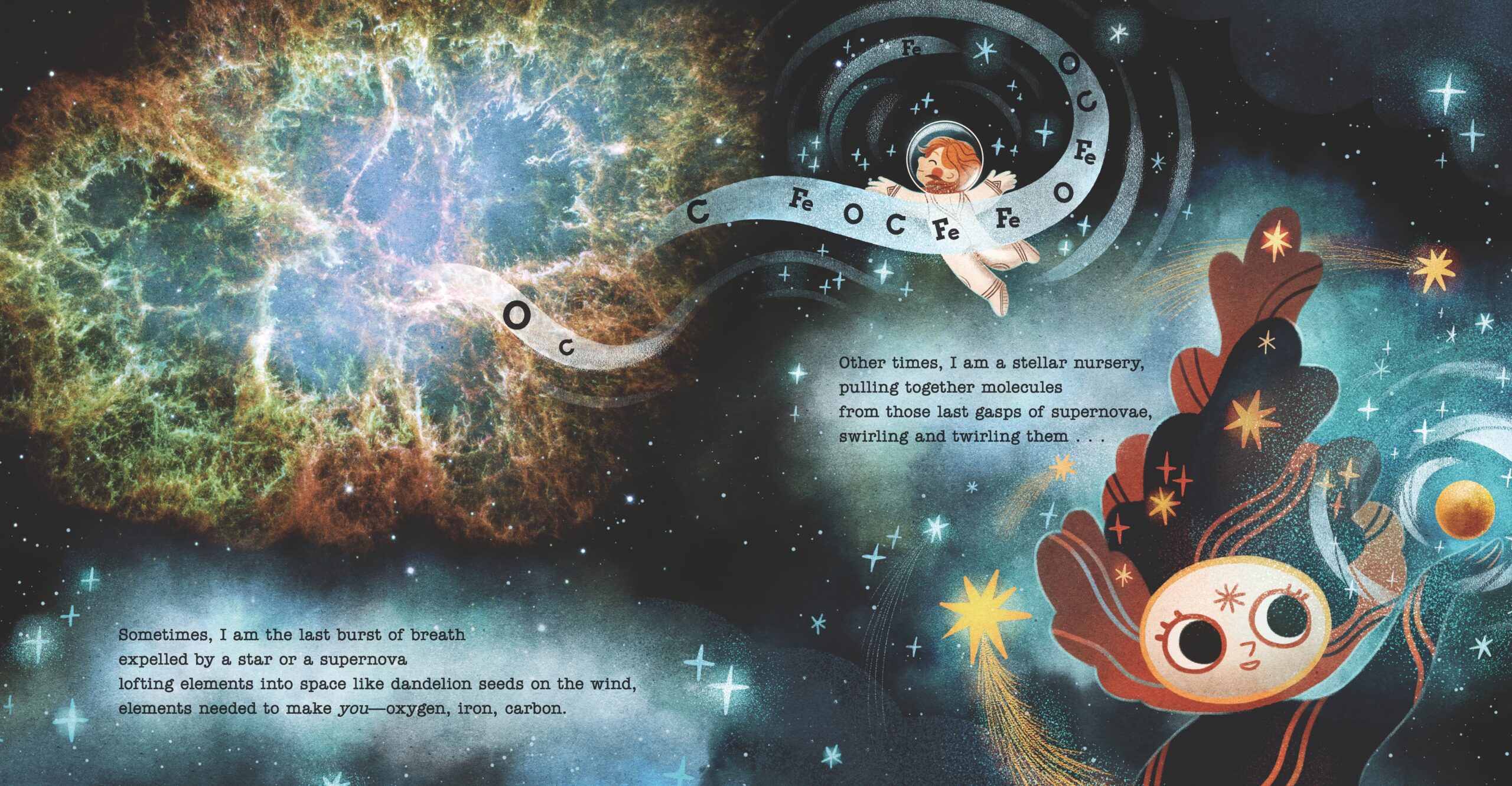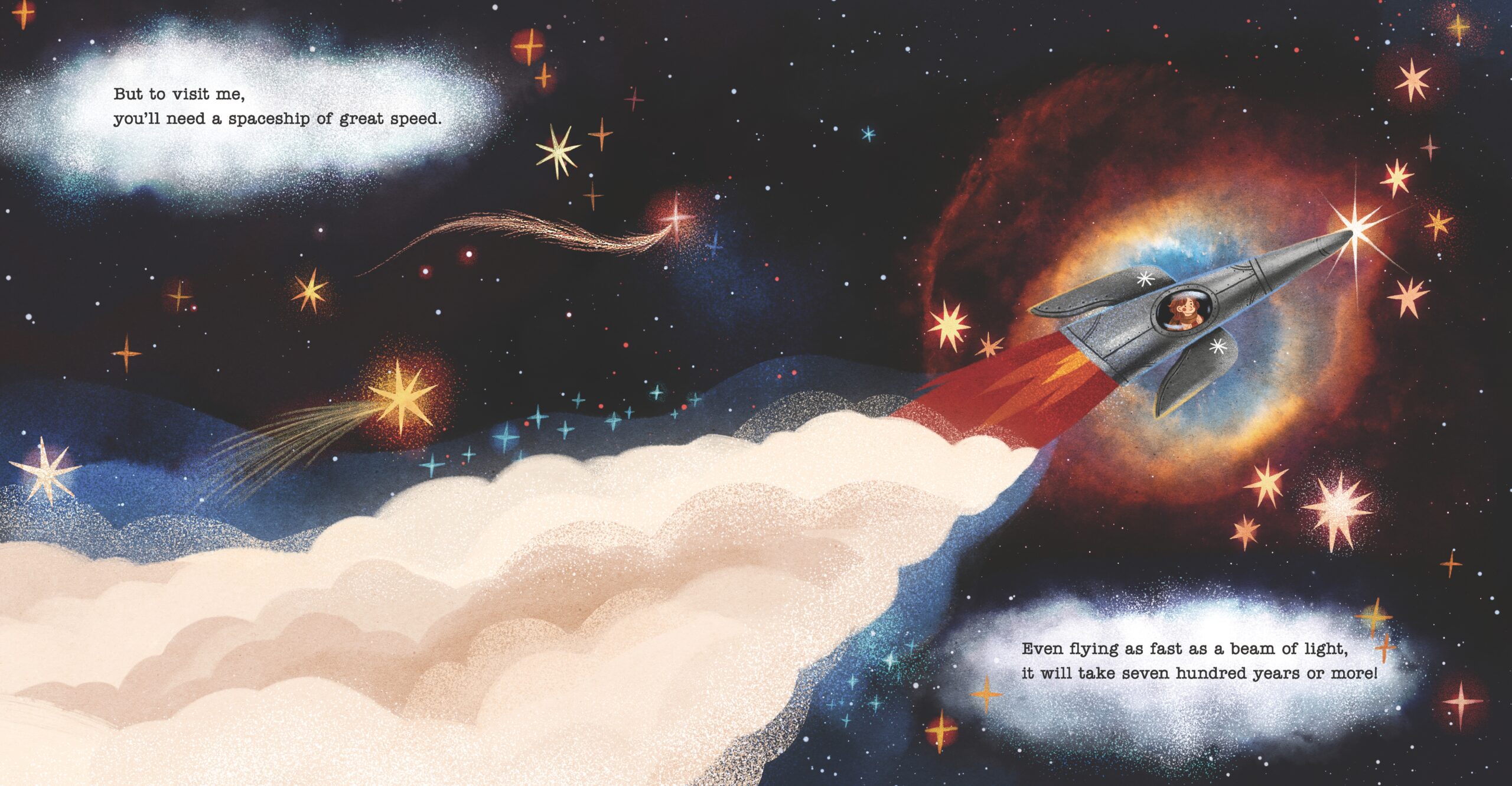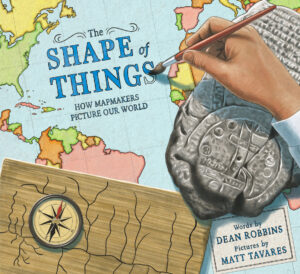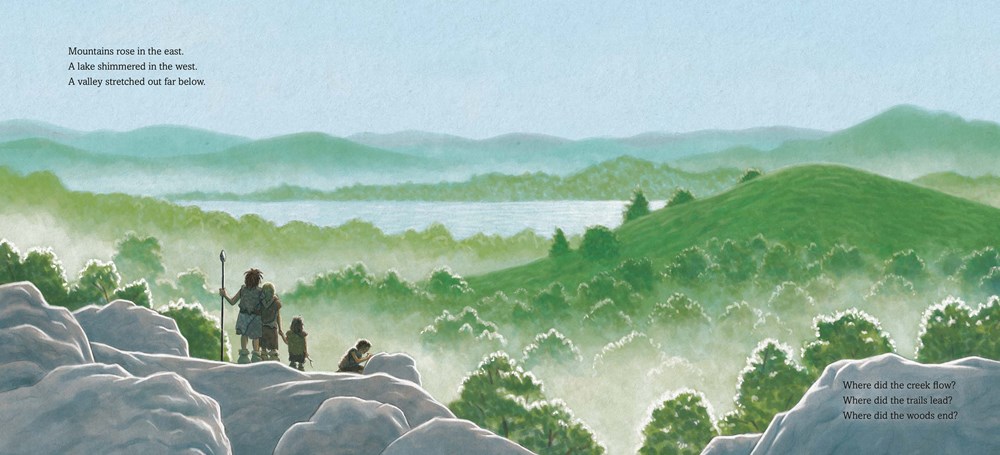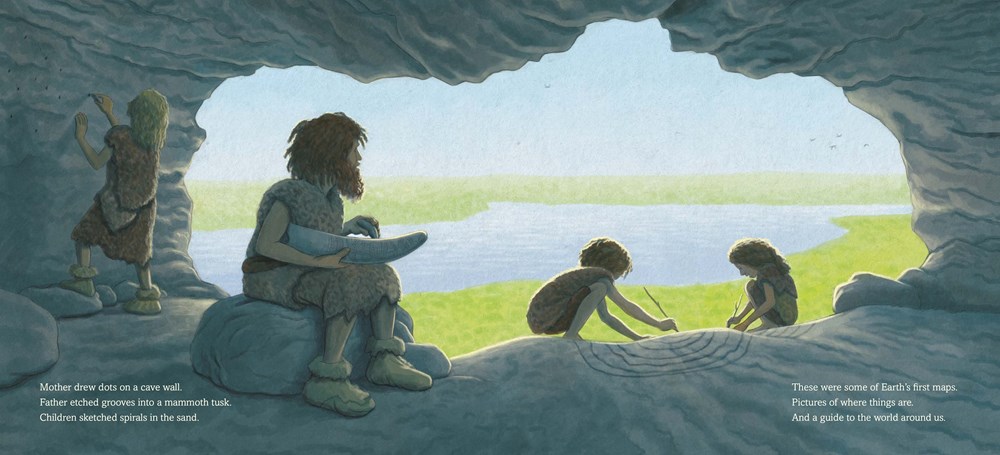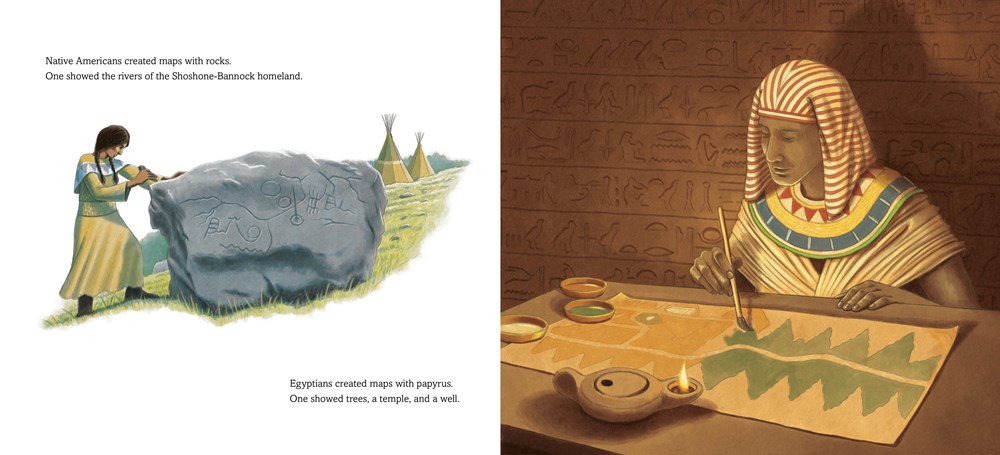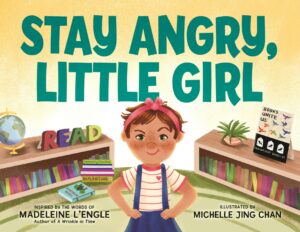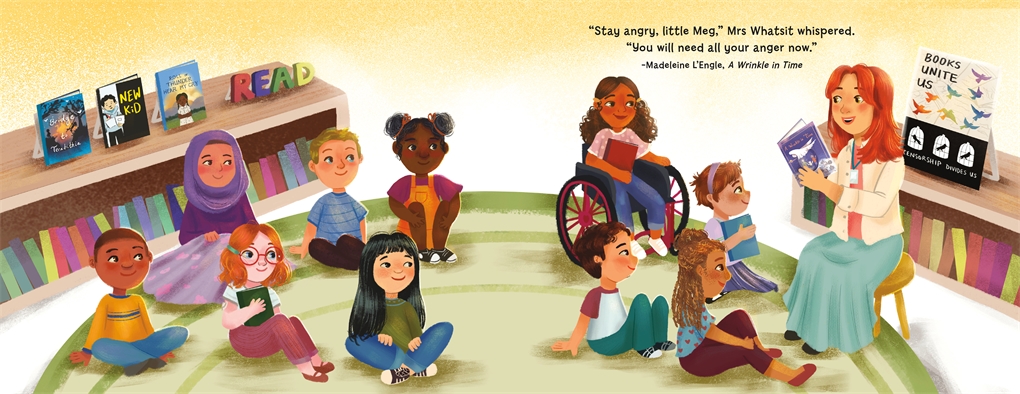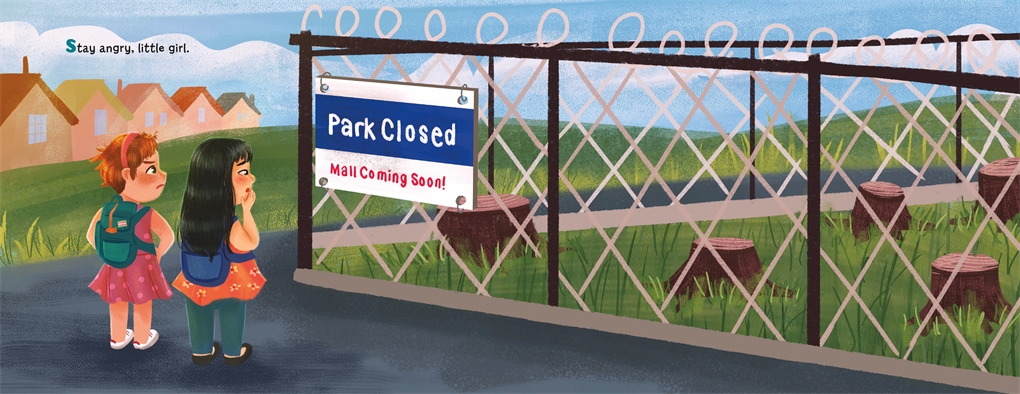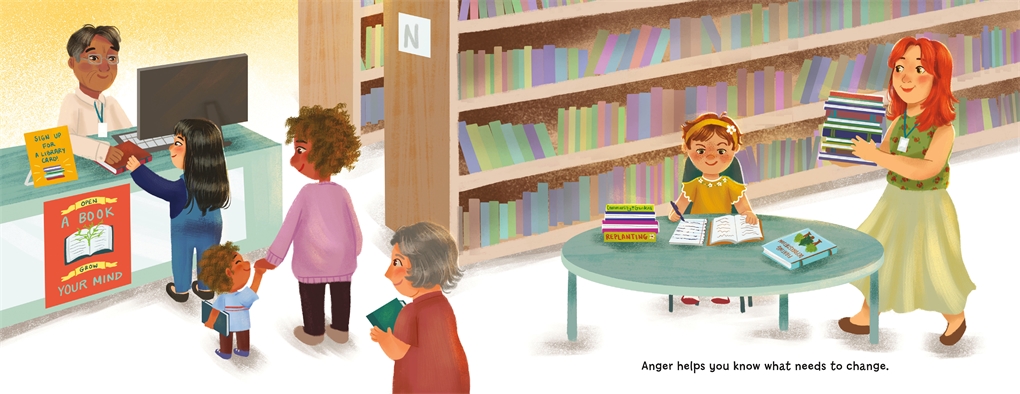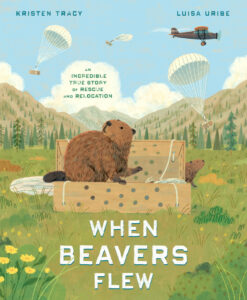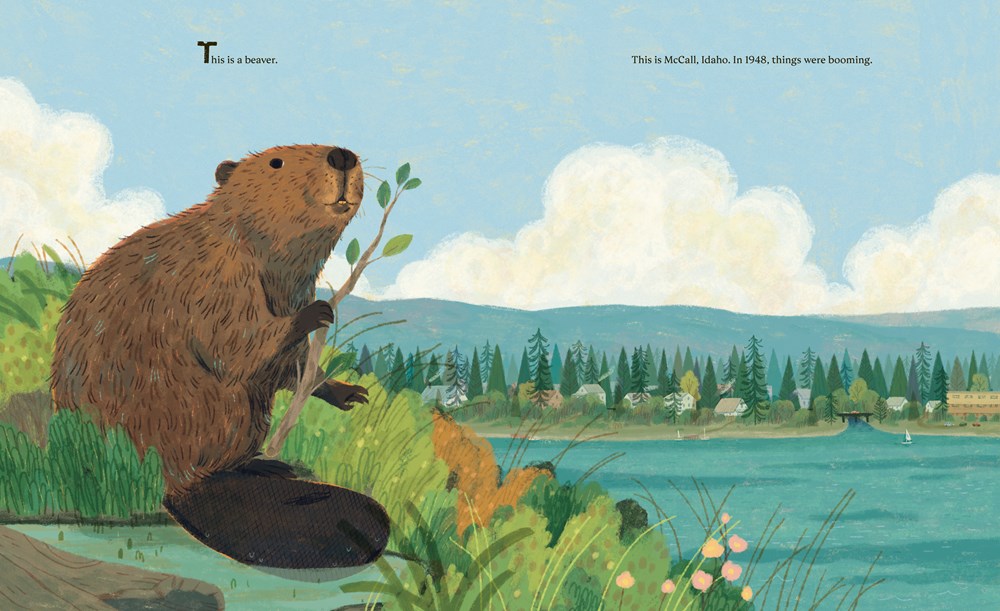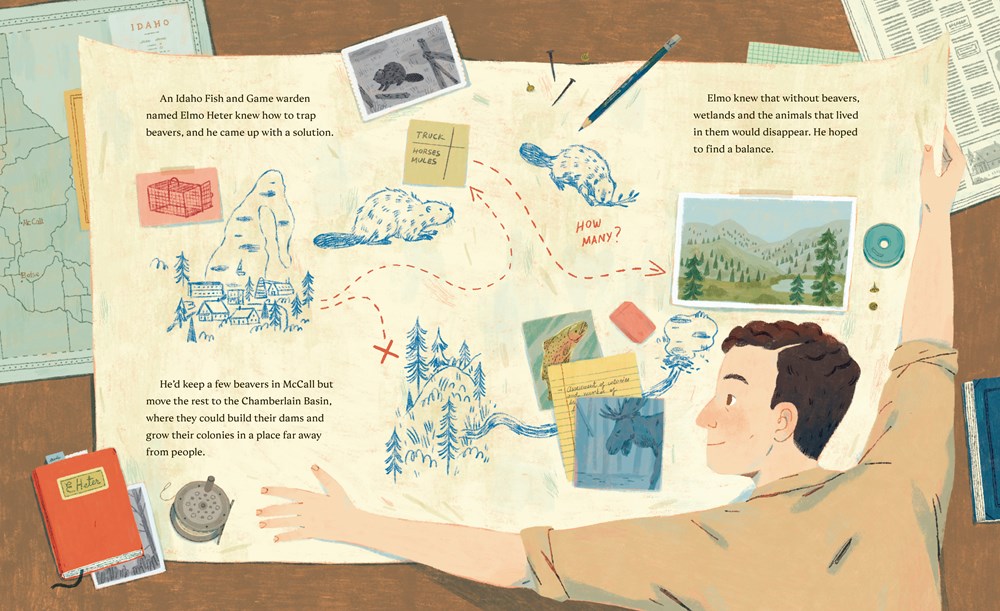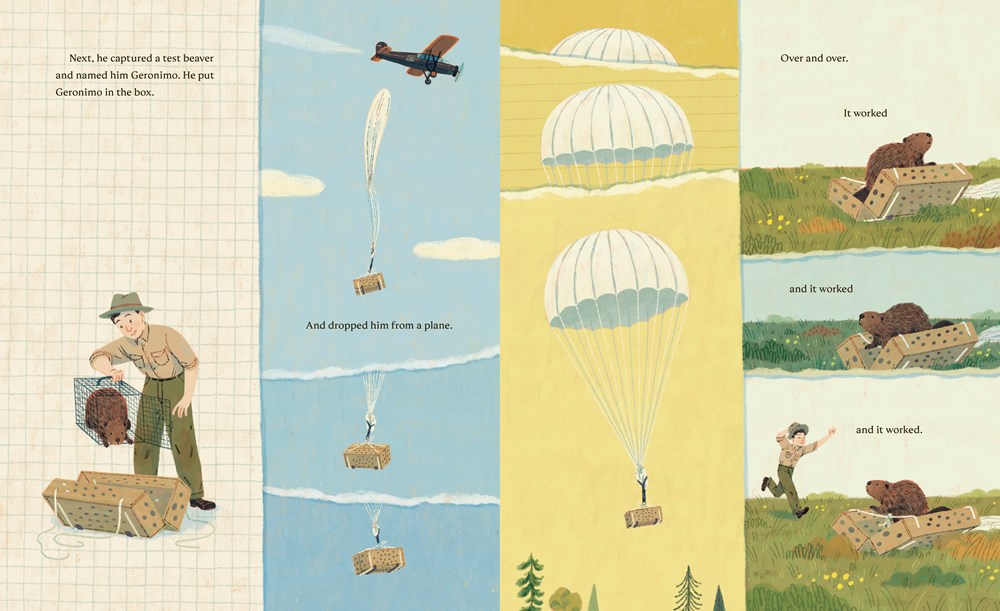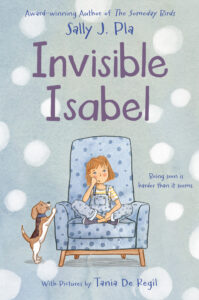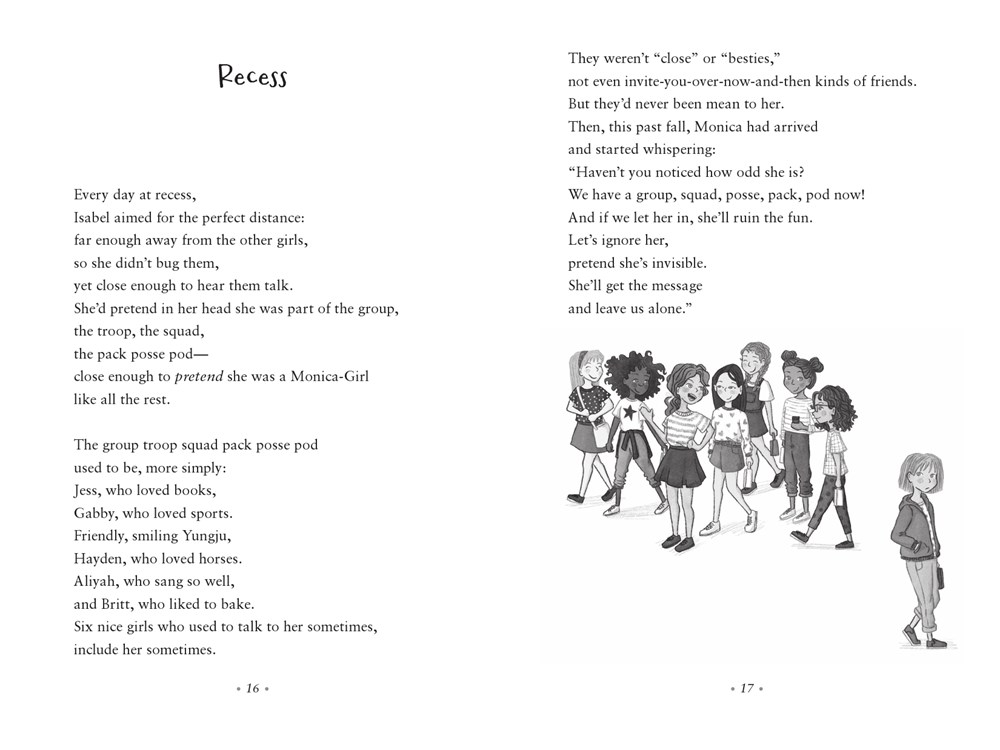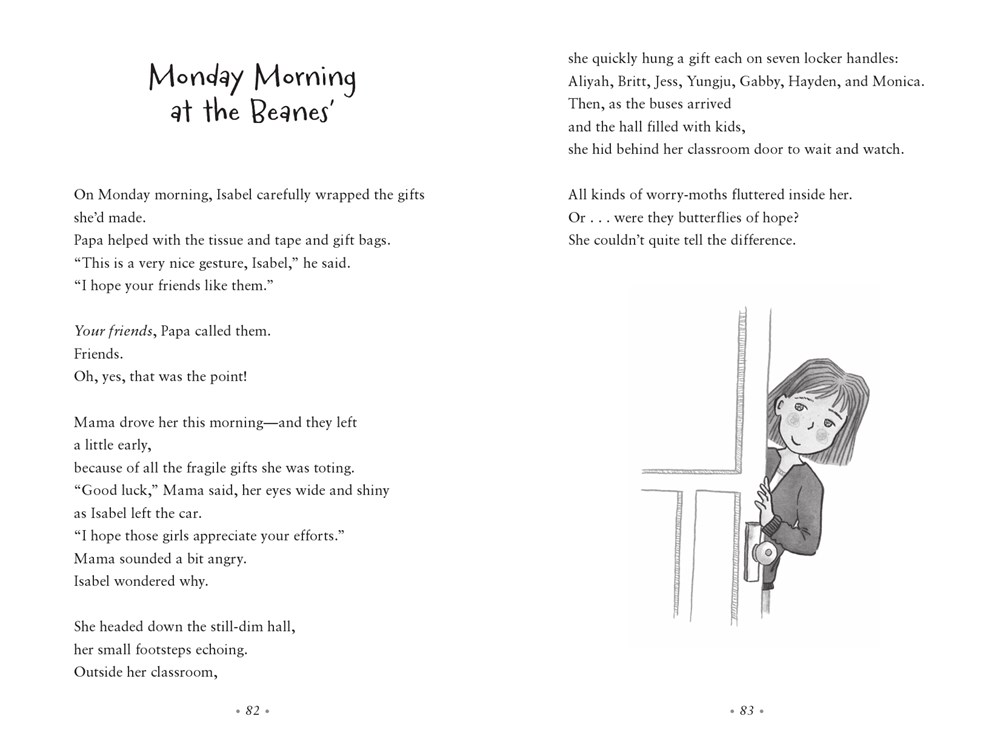My Towering Tree
Author: Janna Matthies
Illustrator: Ashley Wolff
Published August 27th, 2024 by Beach Lane Books
Summary: Discover all the joyful moments and adventures waiting right outside your door in this mindful rhyming picture book celebration of backyard nature.
In my yard’s a towering tree. It reaches high to cover me. I lie beneath the towering tree and think my thoughts, and breathe, and be. There is much to do and so much to see beneath the branches of a towering tree! Step inside a leafy backyard world where squirrels are zipping, bees are buzzing, the sun is shining, and a curious, creative child is noticing and absorbing it all. This tribute to the wonderful worlds that exist in a backyard invites readers to stop, take a breath, and appreciate the natural world around them.
“This book is sure to delight . . . beautifully written rhymes blend perfectly; the pacing is ideal for reading aloud. A strong addition to the shelves and an accessible title to add to nature lessons or even story hours about mindfulness, with its emphasis on simplicity and an appreciation of nature.” – School Library Journal
“A gentle appreciation of the nature around us, from the ground to the sky.” – Kirkus Reviews
About the Creators:
Janna Matthies is a picture book author and early elementary music teacher in Indianapolis. Her books include Here We Come!; God’s Always Loving You; Two Is Enough, which made the 2016 Bank Street list and New York Times Book Review; The Goodbye Cancer Garden; Peter, the Knight with Asthma; and Monster Trucks. Janna is a longtime volunteer with the Indiana SCBWI and provides editorial services to the Indianapolis Symphony Orchestra for picture books supporting their Teddy Bear Concert Series. When she’s not writing or making music, Janna can be found digging in the garden, swimming laps, walking Juneau the howling Husky, or keeping up with her husband and three mostly-grown kids.
Ashley Wolff lives in Vermont and is the author and illustrator of more than sixty books for children, including the modern classic Miss Bindergarten series by Joseph Slate, and her own celebrated Only the Cat Saw; Where, Oh Where, Is Baby Bear?; Baby Bear Counts One; and Baby Bear Sees Blue. Visit her at AshleyWolff.com.
Review: In a world where everyone, even kids, are usually GO GO GO, it is important to remind how important stopping, relaxing, focusing on nature, breathing, and appreciating. Matthies’s lyrical, meditative words mixed with Wolff’s full page, colorful, and captivating illustrations lend to readers wanting to find the beauty in the world around them.
Tools for Navigation: Towering Tree is reminiscent of “The House that Jack Built,” so it would be a great way to talk about variations/retellings and allusions of nursery rhymes. It also has a great rhyming pattern that can be analyzed also.
The book also lends to taking kids outside then having them draw and journal about what they see in their backyard or a park.
Discussion Questions:
- How is The Towering Tree like “The House that Jack Built”?
- What type of rhyming pattern does this story have?
- What do you see in your background/in a park when you sit under a tree?
- Why is it important to remember the beauty of nature?
- Why is it important to slow down sometimes, instead of go go going?
- If you had a garden, what would you put in it?
- What do you think the author’s purpose was for this book?
- How does the backyard in the book compare/contrast to your backyard?
- What word play can you find in the book? Figurative language?
- What descriptive language did the author use that helped describe the scene?
- How do the illustrations add to the story?
Flagged Spreads:
Read This If You Love: Nature, Rhyming picture books
Recommended For:
**Thank you to the author for providing a copy for review!**

